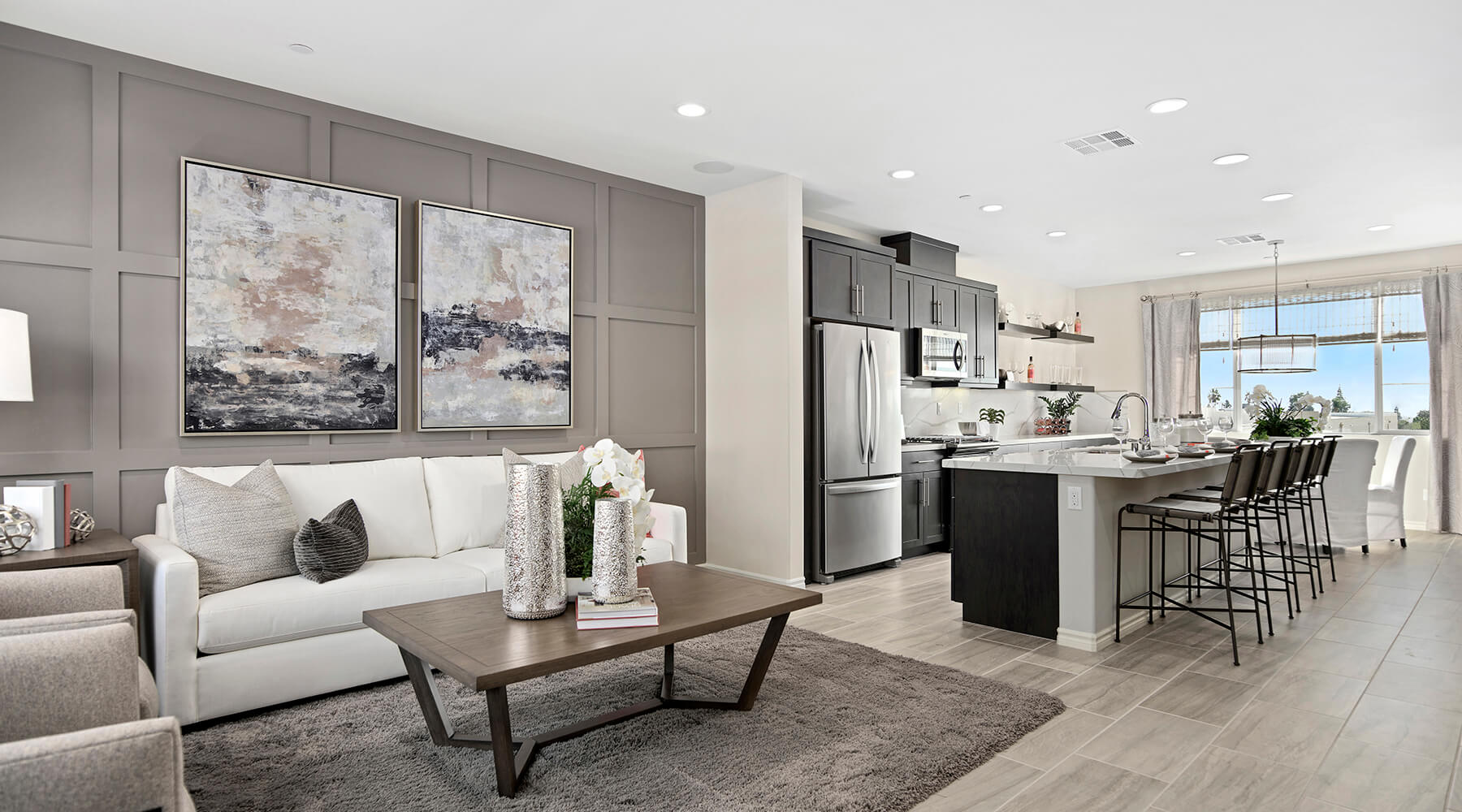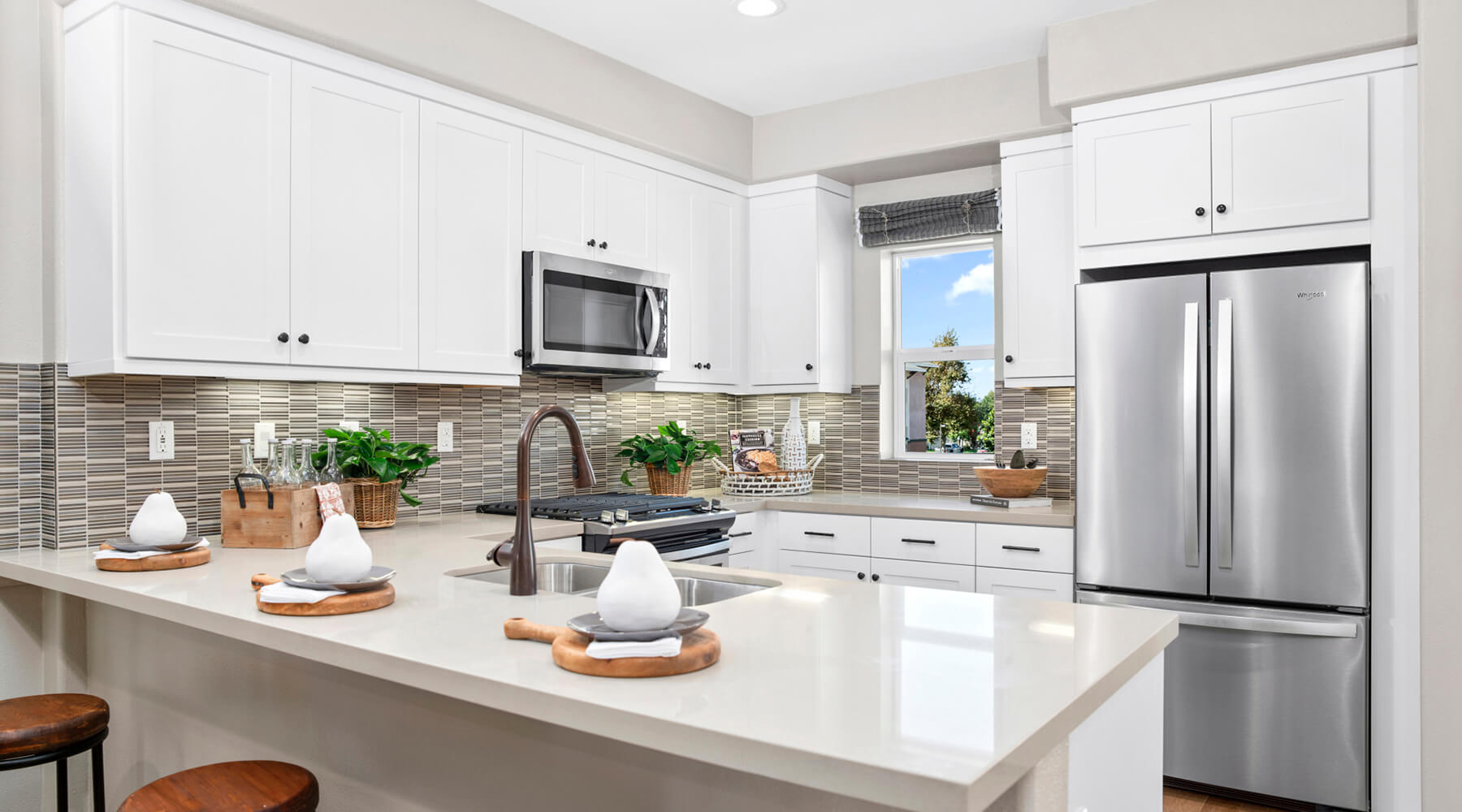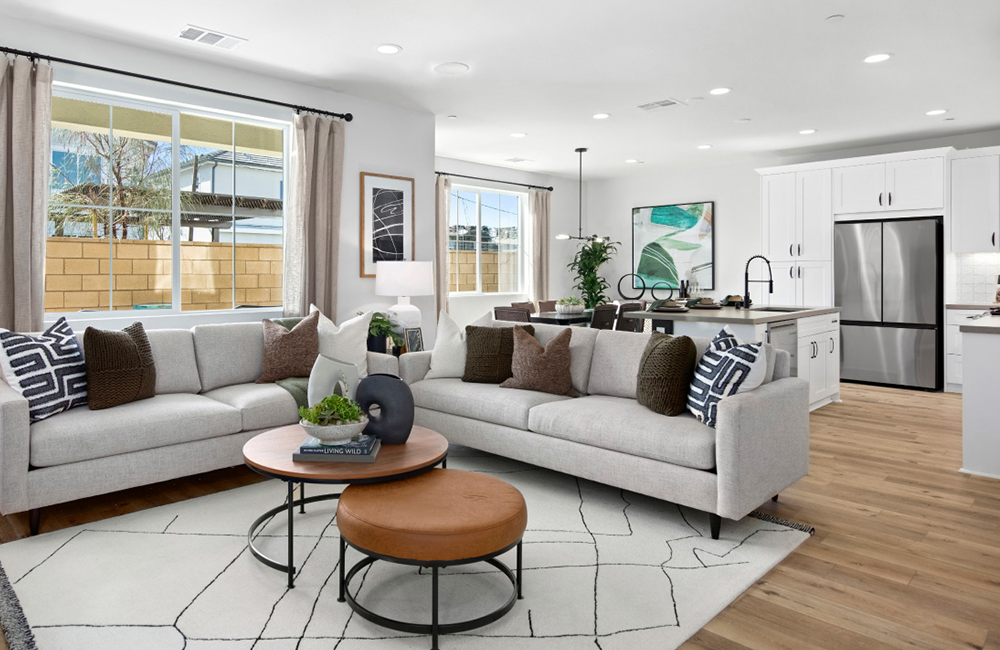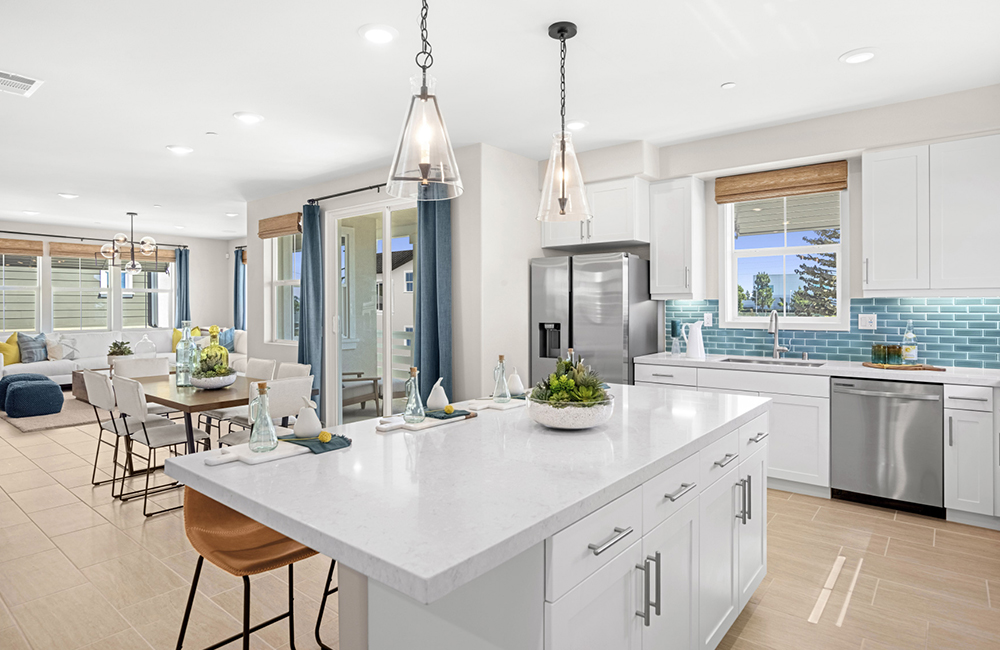Brandywine Caters to Community Demand
Jun. 28, 2012
For almost two decades, Brandywine Homes has consistently delivered livable, infill neighborhoods with its buyers’ needs and wants in mind and a genuine concern for its quality of product.
By Lauren Felechner
There aren’t too many ‘small’ builders that can pack a big punch these days. When Brandywine Homes is mentioned, it is synonymous with achievement and determination, as the company has managed to leave a trail of successful communities in its wake. For the past 18 years since Brandywine was established in 1994, the family-owned, Southern California-based company has managed to brand itself as a little-big builder and developer by creating some of SoCal’s most aesthetically pleasing, infill neighborhoods. “We are a small, family-owned company, and the thing we are most proud of is that during the last recession we continued to build and sell homes when many others could not,” David Barisic, vice president, Brandywine Homes explained.
Serving the Orange, San Diego and Los Angeles counties, Brandywine currently has three infill projects: Century Village located right in the heart of Garden Grove, Hampton in Buena Park and Lemongrass in Fountain Valley.
With first-time and move-up buyers in mind, Century Village consists of three available floor plans throughout the 53, three-story townhomes ranging in size and price from 1,705 square feet to 2,247 square feet and $399,000 to $435,000. One generous feature that Brandywine implemented into the Century Village homes is a three-car garage, meant to provide convenience for growing families. According to Barisic, sales opened in February and have successfully sold about three to four homes per month since then, totaling at 13 homes sold to-date. Alongside Brandywine in the development of Century Village was KTGY Group, Inc., that served as architect on the project. “We wanted to make this community a little more contemporary and modern, to keep up with the changing feel of the downtown area of Garden Grove,” Barisic explained. He continued, “Our inspiration for projects depends on the surrounding areas. With infill, we are going to an area that has already been developed and the challenge there is to build something that is complimentary with the surrounding environment.”
The company’s community of Hampton in Buena Park was fashioned from a partnership that Brandywine created with the Bethel Lutheran Church, who sold land to the builder and used those profits towards its expansion plans. Opening for sales two months ago with prices in the low $600s, Hampton has sold five homes out of eight in its first phase, and has managed to have all of its homes reserved in the second phase – meaning only three homes are available in the entire community. With younger families being a predominant resident at Hampton, one feature that Brandywine implemented into their floor plans is an extended downstairs meant for extended families. “Your market audience depends on the area your building in,” Barisic stated. “We tend to find land in areas with less competition.” And this strategy – along with their path-choice being infill – just might have something to do with Brandywine managing to stay up on its competition during the recession years. The KTGY Group, Inc., also acted as architect for this project. Its Hampton community features four bedrooms and three baths measuring up to 2,677 square feet, alongside the application of energy-efficient features – making for the largest open house they had in six years.
Located on a 2.95-acre site is Lemongrass, located in an enjoyable area of Fountain Valley. Brandywine partnered with LSA Architects for this neighborhood, showcasing unique Craftsman and Mission architecture throughout each of its three floor plans. These layouts include both one- or two-story homes with up to five bedrooms, three- or four-bathrooms, and range in size from approximately 2,600 to 3,600 square feet, including a three-car garage. According to Barisic, sales for this community started slowly due the the homes having a higher price point, but a recent surge in sales has left only 3 homes available. “We build nice, new homes in already-existing areas that people don’t want to leave,” he said.
As a niche-builder, Brandywine Homes understands their place in the industry and the effect they can have on the housing market. Always thinking ahead, this company already has several infill projects lined up for 2013 in La Mirada, West Covina and Fullerton areas – and even more plans ahead in the next two years.
With builders such as Brandywine dominating particular sectors of the home building industry – such as infill – it is no wonder that big builders tend to stick to master plan communities and not step on the niche builders toes. As a company that was once a part of the master-planned neighborhoods themselves, Brandywine saw the opportunities that lay outside of these giant communities, and explored towards the crowded, coastal regions instead. “There are barriers to entry that most big builders don’t want to break down,” Barisic explained.
As a family-owned business, Brandywine Homes truly caters to the family’s they develop and build for. Whether it is a three-car garage, extended downstairs or building for a specific target market audience, Brandywine believes in not only giving buyers what they want or what they can benefit from, but staying true to their niche-market and often filling the void of infill development. Brandywine’s ability to think out of the box is visible in their ability to notice the need for housing, take advantage of that necessity and create livability in underutilized regions. If this home builder continues at the rate and progression in which they are currently, there is no doubt that Brandywine Homes will remain in the industry as a small builder with a big presence.
Lauren Felechner is the features editor at Builder and Developer. She may be contacted at lfelechner@penpubinc.com.






